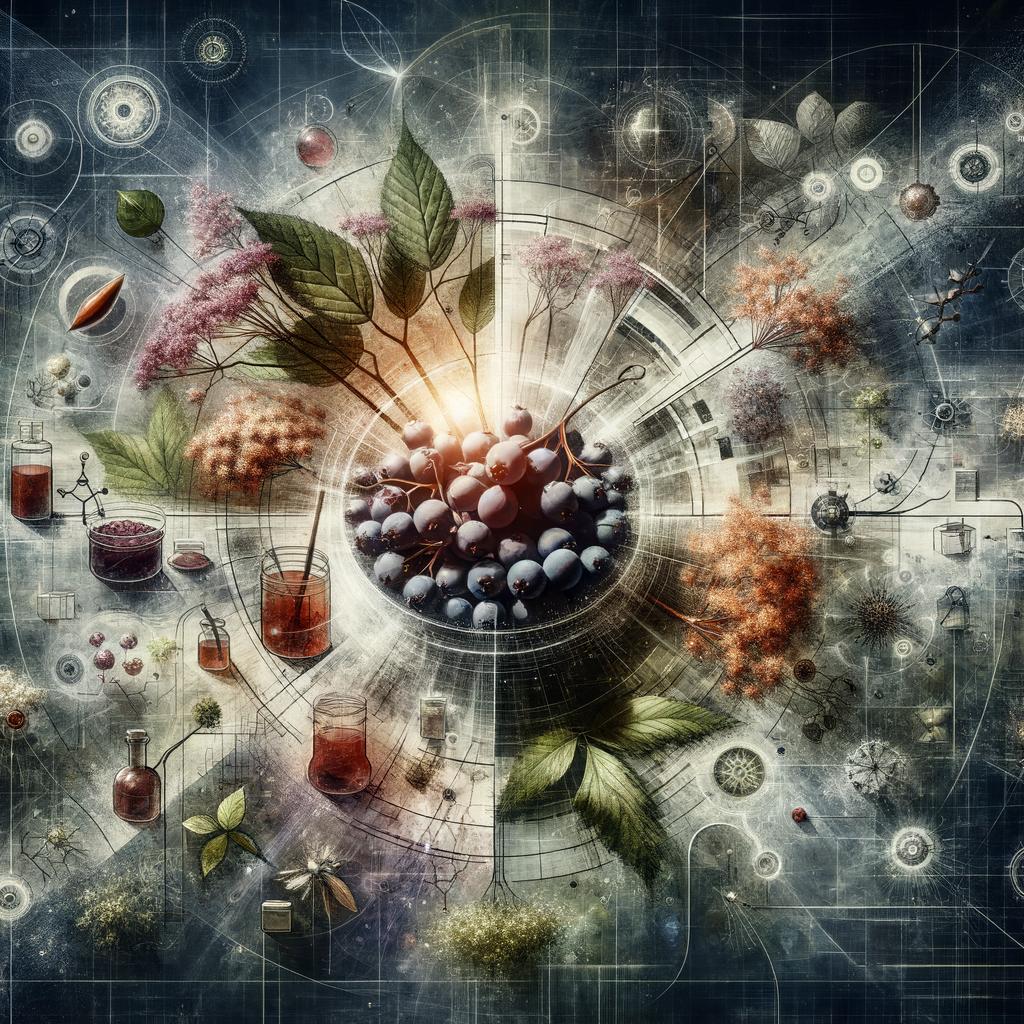
Welcome to the World of Elderberries
Ah, elderberries! These shiny little gems of goodness that brandish a bounty of health benefits can be a fantastic addition to your diet. But how to tackle the task of processing these fantastic fruits? Buckle up, foodies, for we’re about to dig deeper and demystify the delicacy that is fresh elderberries.
Taking you on an epic culinary journey, this blog aims not only to answer your question but also to make you an elderberry expert. Be prepared to learn the basics, unlock secret tips, and appreciate every berry bite. Let’s commence this delectable journey from shrub to saucer, where we’ll delve into the how-to of processing fresh elderberries.
Why Elderberries?
Elderberries are tiny packets of joy, modest to behold yet packed with a punch. These berries offer a striking balance between the sweet and the tart, akin to a symphony creating the perfect harmony on your taste buds.
The Harvesting Hurdle
Your first step in the journey to processing elderberries is to harvest them. Be it from your backyard shrub or your local farmer’s market; the key is to choose ripe, firm, and deep purple berries that are a metaphor for perfection.
Stripping the Stems
Believe it or not, the trick to unlock elderberries’ potential lies in tossing their tiny twigs away. The separation of the berries from the stems can seem intimidating at first glance, but fret not, the process is as easy as pie.
The Rinse Routine
Post stripping, it’s time for a well-deserved bath. Rinse your hard-earned harvest under cold water before dive into the world of food processing. This step isn’t rocket science, but is definitely integral to the journey.
Cook to Unhook
Throw your elderberries in a pan, and let them simmer in some water. As the heat unveils their true colors, the berries’ sweetness seeps in the liquid, and what you’re left with is pure elderberry elixir.
Smashing Success
Once the cooking is complete, let the magic unfold by crushing the cooked berries. Smash them with love, and watch as their vibrant juice is liberated. This triumphant act of smashing is your ticket to the final stages of processing.
Sieve to Achieve
Strain the smashed berries to collect their precious liquid and discard the pulp. This is where you win your trophy – the ever desired, deliciously dynamic elderberry concentrate.
To Preserve or Not?
Ultimately, whether you decide to freeze, can, or immediately use your elderberry concentrate is entirely up to you. Regardless of your final choice, one thing’s for sure: you are now a certified elderberry processing guru!
Debriefing the Deliciousness
Embarking on a culinary challenge like processing elderberries might seem like traversing a mountain. But as we’ve walked you through the process, hopefully, it’s clear it’s more like a pleasant stroll in a berry-filled park. Here’s to the magic of the merry little elderberries and their marvellous culinary metamorphosis!
Frequently Asked Questions
1. Are elderberries toxic?
While ripe elderberries are safe and healthy to consume, their leaves, stems, and unripe berries contain toxins that can cause discomfort if ingested.
2. What’s the best way to store elderberries?
Fresh elderberries can be stored in the refrigerator for up to five days. To extend their shelf life, you can freeze them or can the processed concentrate.
3. Can I eat elderberries raw?
Eating raw elderberries is not recommended due to their slight toxicity, it’s best to cook them before consuming.
4. What are some uses for processed elderberries?
Processed elderberries can be used in a myriad of ways, including in homemade jams, jellies, syrups, pies, and even wine!
5. How can I grow elderberries at home?
Elderberries can be propagated via cuttings or seeds. They need well-drained soil and do best in full or partial sun.


